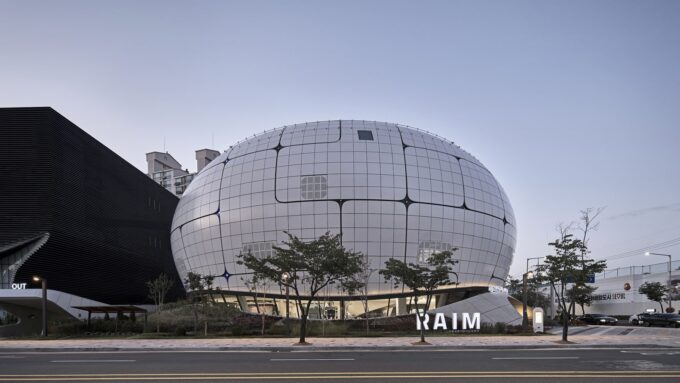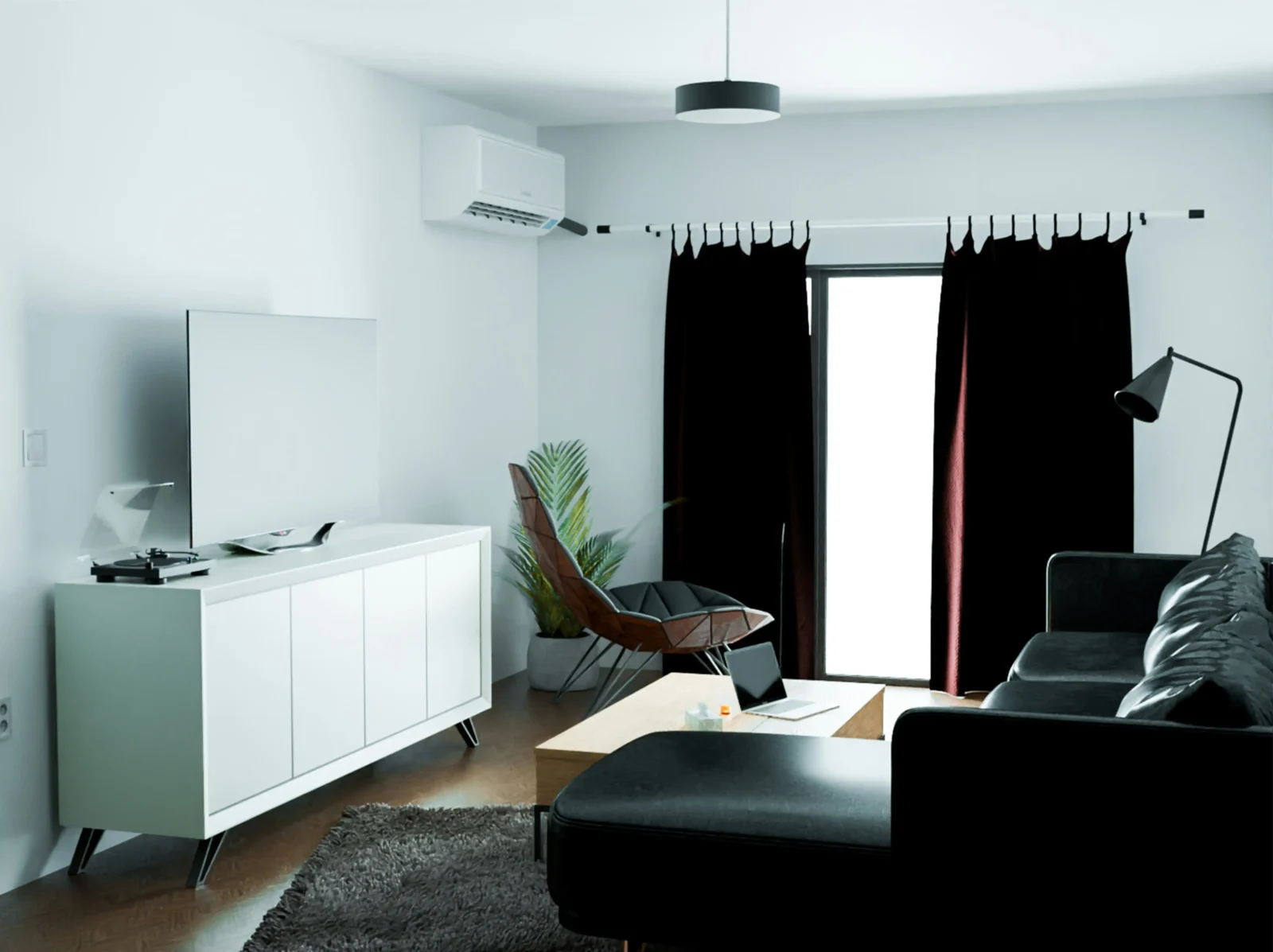- Home
- Articles
- Architectural Portfolio
- Architectral Presentation
- Inspirational Stories
- Architecture News
- Visualization
- BIM Industry
- Facade Design
- Parametric Design
- Career
- Landscape Architecture
- Construction
- Artificial Intelligence
- Sketching
- Design Softwares
- Diagrams
- Writing
- Architectural Tips
- Sustainability
- Courses
- Concept
- Technology
- History & Heritage
- Future of Architecture
- Guides & How-To
- Art & Culture
- Projects
- Interior Design
- Competitions
- Jobs
- Store
- Tools
- More
- Home
- Articles
- Architectural Portfolio
- Architectral Presentation
- Inspirational Stories
- Architecture News
- Visualization
- BIM Industry
- Facade Design
- Parametric Design
- Career
- Landscape Architecture
- Construction
- Artificial Intelligence
- Sketching
- Design Softwares
- Diagrams
- Writing
- Architectural Tips
- Sustainability
- Courses
- Concept
- Technology
- History & Heritage
- Future of Architecture
- Guides & How-To
- Art & Culture
- Projects
- Interior Design
- Competitions
- Jobs
- Store
- Tools
- More
The Evolution of Modern Architecture: From Bauhaus to Brutalism
Modern architecture is a term used to describe the architectural style that emerged in the 20th century. This style is characterized by an emphasis on function, simplicity, and a rejection of historical styles and ornamentation.

Modern architecture is a term used to describe the architectural style that emerged in the 20th century. This style is characterized by an emphasis on function, simplicity, and a rejection of historical styles and ornamentation. Modern architecture is often associated with the Bauhaus movement and Brutalism, two influential movements that helped shape the evolution of modern architecture.
The Bauhaus movement emerged in Germany in the early 20th century. Founded by Walter Gropius, the Bauhaus school sought to bring together art and technology, and to create a new aesthetic for the modern age. Bauhaus architecture emphasized simplicity, functionalism, and the use of modern materials such as steel and glass. Bauhaus buildings often featured clean lines, white surfaces, and large windows, which allowed natural light to flood the interior spaces.

Brutalism emerged in the mid-20th century, as a reaction to the perceived coldness and sterility of modern architecture. Brutalism emphasized the use of raw concrete, often left exposed, to create buildings that were raw, sculptural, and expressive. Brutalist buildings were often monumental in scale, and their rough surfaces and strong geometric forms gave them a powerful, almost aggressive presence.
While the Bauhaus and Brutalism were distinct movements with different approaches to modern architecture, they both had a profound impact on the evolution of the style. The Bauhaus emphasized function and simplicity, while Brutalism emphasized expression and raw materials. Both movements rejected the historical styles and ornamentation of the past, and sought to create a new aesthetic for the modern age.

In the decades since the emergence of the Bauhaus and Brutalism, modern architecture has continued to evolve. Today, modern architecture is characterized by a diverse range of styles and approaches, from the sleek, minimalist designs of architects such as Tadao Ando and Richard Meier, to the expressive, sculptural forms of architects such as Zaha Hadid and Frank Gehry.
The evolution of modern architecture from the Bauhaus to Brutalism represents a significant moment in the history of architecture. These movements helped to define the aesthetic of modern architecture, and their influence can still be seen in the work of contemporary architects today. While modern architecture has continued to evolve in the decades since, the emphasis on function, simplicity, and a rejection of historical styles and ornamentation remains a defining characteristic of the style.
Brutalism and Bauhaus are two important movements in the history of modern architecture. While there are some similarities between the two styles, there are also many differences that set them apart.

Similarities
- Emphasis on function: Both Brutalism and Bauhaus emphasized the importance of function in architecture. They believed that buildings should be designed to serve a specific purpose, rather than simply being decorative.
- Use of modern materials: Both movements utilized modern materials such as concrete, steel, and glass in their buildings. They sought to create a new aesthetic for the modern age, using these materials to express their ideas about form, structure, and function.
-
Rejection of historical styles: Both Brutalism and Bauhaus rejected the historical styles and ornamentation of the past. They sought to create a new, modern aesthetic that reflected the needs and values of the contemporary world.
Differences
- Approach to form: While both movements valued function, they approached the question of form in very different ways. Bauhaus architecture emphasized simplicity and geometric abstraction, using clean lines and minimal ornamentation to create a sense of order and clarity. Brutalism, on the other hand, emphasized raw, sculptural forms that expressed the materiality of the building. Brutalist buildings often featured rough, textured surfaces and bold, geometric shapes that gave them a powerful, almost aggressive presence.
- Use of color: Bauhaus architecture often made use of bright colors and bold contrasts to create a sense of dynamism and energy. In contrast, Brutalist buildings tended to be monochromatic, with a focus on the texture and materiality of the building itself.
- Social context: While both movements had a strong social and political dimension, they approached the question of social responsibility in different ways. Bauhaus architecture emphasized the importance of social equality, seeking to create buildings that could be mass-produced and affordable for everyone. Brutalist architecture, on the other hand, often had a more utopian vision, seeking to create buildings that could serve as symbols of a new, more egalitarian society.
 Credit: Metabolism (architecture) – Wikipedia
Credit: Metabolism (architecture) – Wikipedia
- 20th-century architecture
- architectural evolution
- Architecture Movements
- Bauhaus
- Bauhaus architecture
- Bauhaus Brutalism
- Bauhaus Modernism
- Bauhaus movement
- Bauhaus principles
- Bauhaus vs Brutalism
- Brutal architecture
- Brutalism
- Brutalism design
- Brutalism in Architecture
- Brutalism in construction
- Brutalist Architecture
- Characteristics of Brutalism
- Evolution of Architecture
- Famous Brutalist structures
- History of modern design
- Influence of Bauhaus
- modern architectural styles
- Modern Architecture
- modern architecture history
- Modernist architects
- Notable Bauhaus buildings
- Significance of Bauhaus
Submit your architectural projects
Follow these steps for submission your project. Submission FormLatest Posts
10 Common Architectural Symbols and Their Meanings
Architectural drawings rely on symbols to communicate complex ideas quickly and clearly....
Best LED Shop Lights 2026: Brightest Options for Garage & Workshop
In 2026, LED shop lights have become essential for creating safe, efficient,...
Coloring Your Year: Using Traditional Lunar New Year Hues to Transform Your Apartment Décor
Lunar New Year always brings a burst of color and energy, making...
Chandelier Light vs Ceiling Lights: Which Decorative Lighting Works Best for UAE Homes in Winter?
Winter in the UAE doesn’t arrive loudly. It doesn’t announce itself with...












Leave a comment